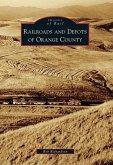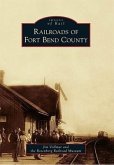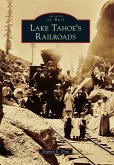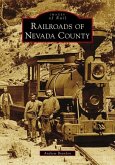In a region desperate for transportation to rich, gold-bearing creeks, the narrow-gauge Tanana Mines Railroad was built over permafrost, bogs, and hills to carry miners and supplies in 1905. Reorganized as the Tanana Valley Railroad, this little line promised the survival of both gold mining and Fairbanks until Fairbanks's economic base broadened. The railroad, built with Klondike Gold Rush earnings, prospered for only a few years and was acquired by the Alaska Railroad. The narrow-gauge survived 25 years, serving as the terminus for the Alaska Railroad and ensuring the development of Interior Alaska.








